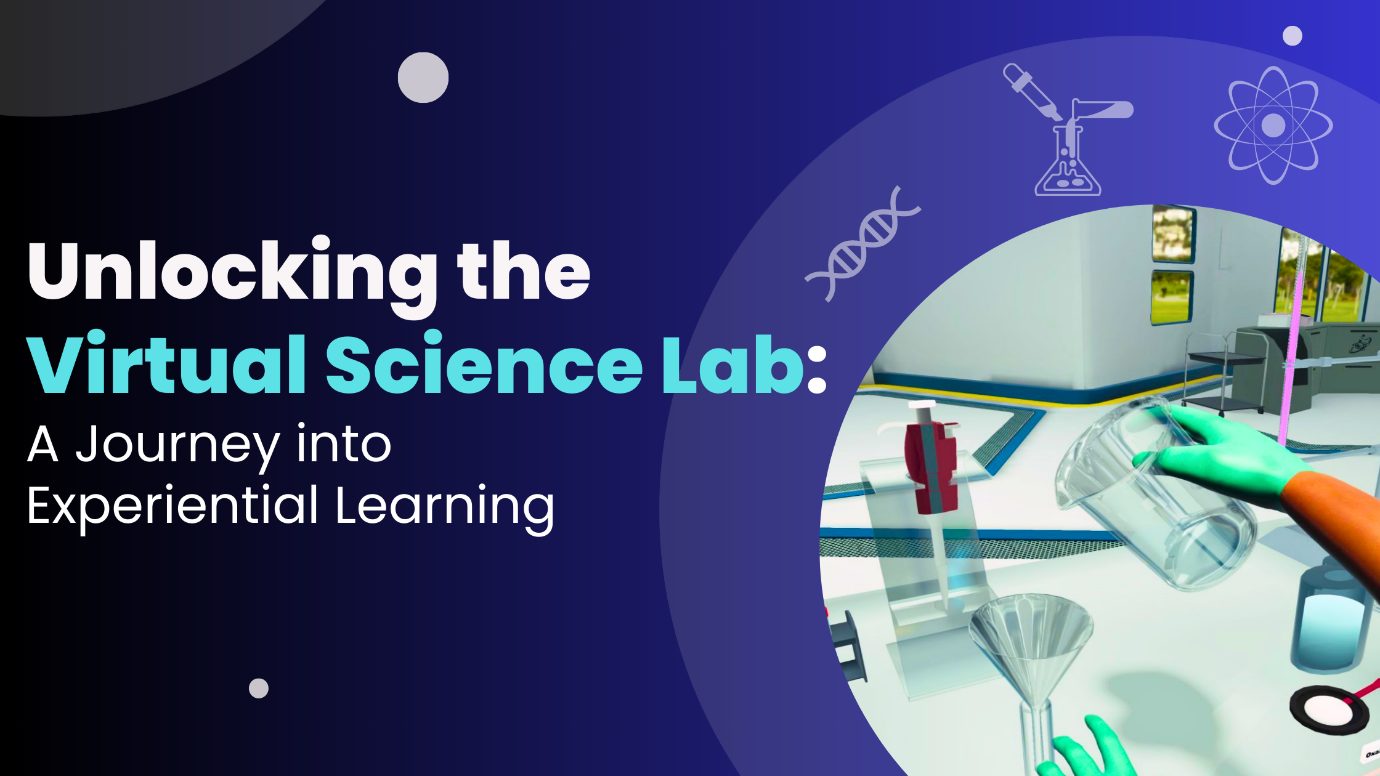In recent years, technology has revolutionized the way we learn and interact with the world around us. One of the most exciting advancements in this domain is the Virtual Science Lab. This innovative platform offers students and educators a dynamic and immersive experience, transcending the limitations of traditional laboratories. In this blog, we will explore the features and importance of the virtual science lab over its conventional counterpart, as well as the concept of experiential learning that lies at its core.
Features of the Virtual Science Lab
Realistic Simulations: Virtual science labs are equipped with advanced simulations that accurately mimic real-world experiments. From conducting chemical reactions to exploring physics principles, these simulations provide a safe and interactive environment for learners to experiment without the risk of mishaps.
Accessibility and Flexibility: Unlike traditional labs, which may be limited by physical space and resources, virtual labs are accessible anytime and anywhere with an internet connection. This flexibility allows students to delve into scientific exploration at their own pace, catering to various learning styles.
Interactive Learning: Virtual science labs promote active learning through hands-on experiences. Users can manipulate variables, collect data, and observe outcomes, fostering a deeper understanding of scientific concepts.
Instant Feedback and Analysis: In the virtual lab, learners receive immediate feedback on their experiments. This rapid feedback loop enables them to identify and correct mistakes, enhancing the learning process.
Multi-disciplinary Approach: Virtual labs offer a wide array of experiments across multiple scientific disciplines. This interdisciplinary approach encourages learners to make connections between different subjects, fostering a holistic understanding of the scientific world.
Importance of the Virtual Science Lab
Safety First: Safety is of paramount importance in any scientific exploration. Virtual labs provide a risk-free environment, especially when dealing with hazardous substances or complex experiments, ensuring the well-being of learners.
Cost-Effective: Traditional laboratories often require substantial investments in equipment, chemicals, and maintenance. Virtual science labs significantly reduce these costs, making scientific education more affordable and accessible to institutions with limited resources.
Inclusivity and Equity: Virtual labs break down barriers to science education by catering to learners of diverse backgrounds, including those with physical disabilities or geographical constraints. This inclusivity promotes equity and equal opportunities in education.
Inspiring Curiosity: The immersive nature of virtual labs sparks curiosity and excitement, motivating students to explore and question the world around them. It encourages a lifelong passion for science and opens doors to potential careers in STEM fields.
Experiential learning is a type of learning that emphasizes hands-on experiences. It is based on the belief that students learn best by doing. It is a powerful educational approach that emphasizes learning through experiences and reflection.
Virtual science labs provide an ideal opportunity for experiential learning. The virtual science lab embodies the essence of experiential learning by providing students with tangible encounters with scientific phenomena. They allow students to conduct experiments, observe the results, and reflect on their findings. This process helps students to develop a deeper understanding of scientific concepts and to apply their knowledge to real-world problems.
Concrete Experience: Virtual lab experiments offer students concrete experiences with scientific concepts, enabling them to interact and engage with the subject matter directly.
Reflective Observation: After performing the experiment, learners are encouraged to reflect on their observations and outcomes. This critical thinking process deepens their understanding and connects theory to real-world applications.
Abstract Conceptualization: Through guided explanations and interactive content, virtual labs help students abstract and conceptualize the underlying principles, transforming experiences into knowledge.
Active Experimentation: Armed with new insights, students are motivated to actively experiment and test hypotheses, fostering a cycle of continuous learning and discovery.
If you are interested in learning more about virtual labs, there are a number of resources available online. One of the most advanced and interactive virtual labs is SimuLab.
The Most Effective Virtual Experiment Simulations – SimuLab
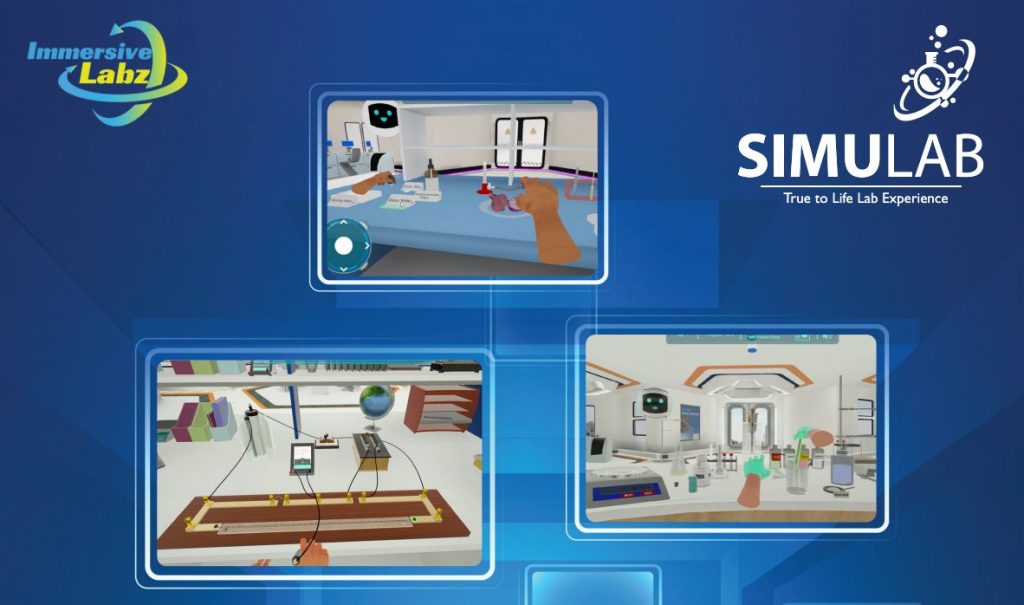
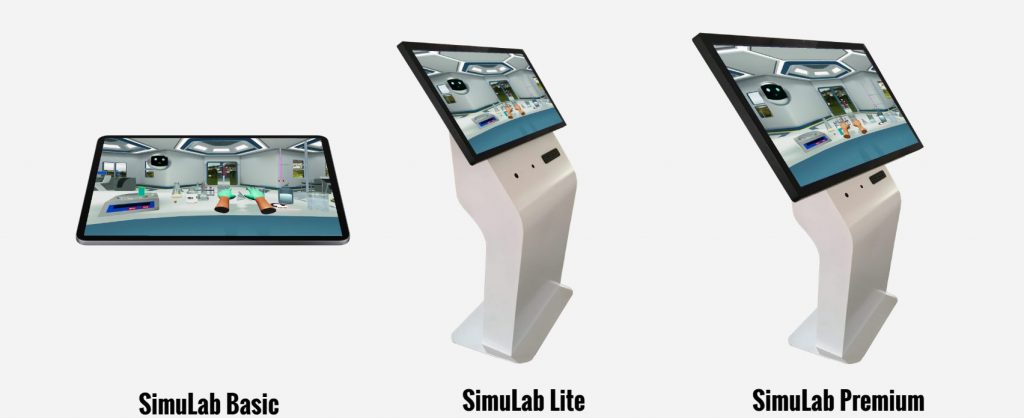
SimuLab is a 3D virtual science lab that empowers science students to learn and practice science experiments from anywhere, anytime. It has the most advanced Physics, Chemistry, and Biology simulations that are available in the market. SimuLab is the perfect tool for anyone who wants to learn more about science or simulate realistic experiments. All the experiment simulations are simulated in the same manner as you do in a real lab.
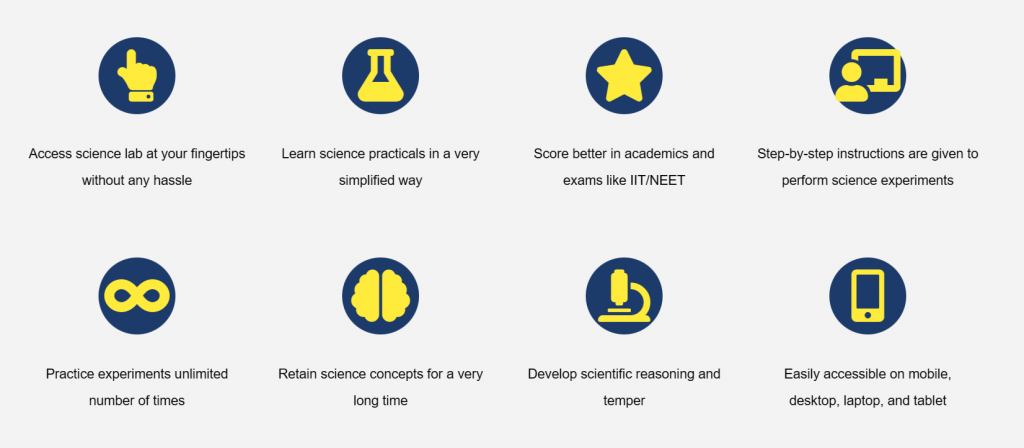
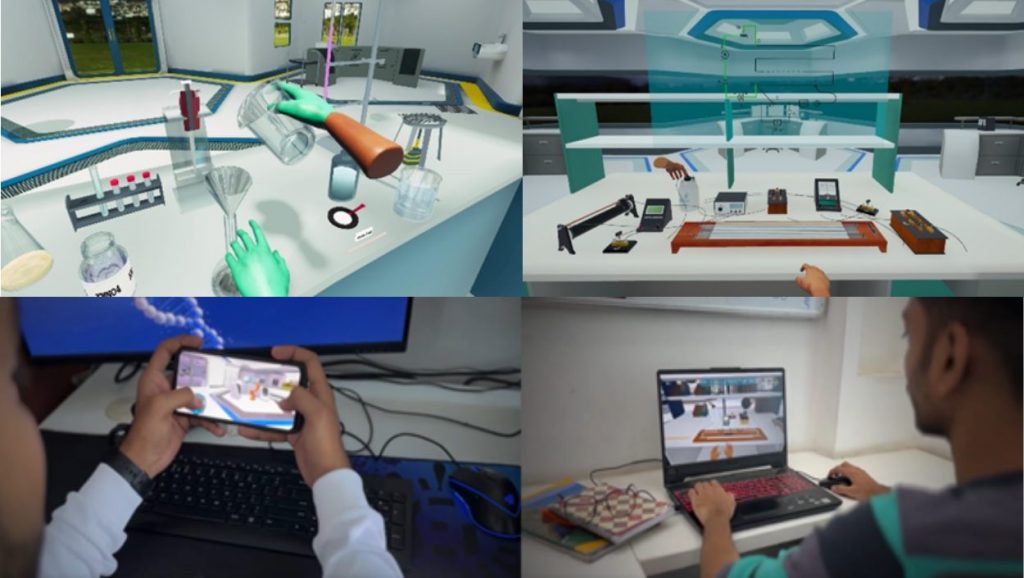
Conclusion
The Virtual Science Lab is an invaluable tool in modern education, offering a gateway to experiential learning and revolutionizing the way students engage with science. By combining the best features of interactive technology, safety, and accessibility, virtual labs empower learners to unleash their curiosity and creativity in a supportive and innovative environment. As we continue to unlock the potential of the virtual science lab, we pave the way for a brighter future where science education knows no boundaries.
Writer – Girish Hedau
Scientific Content Writer – Physics

